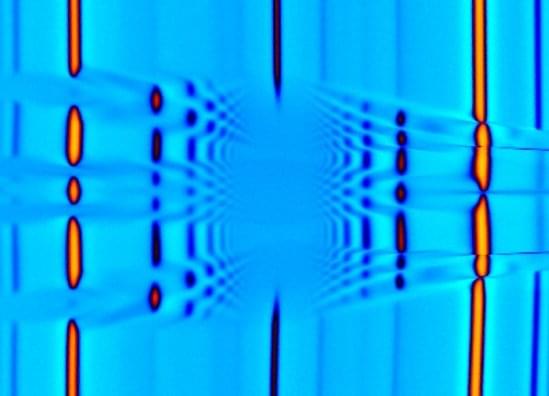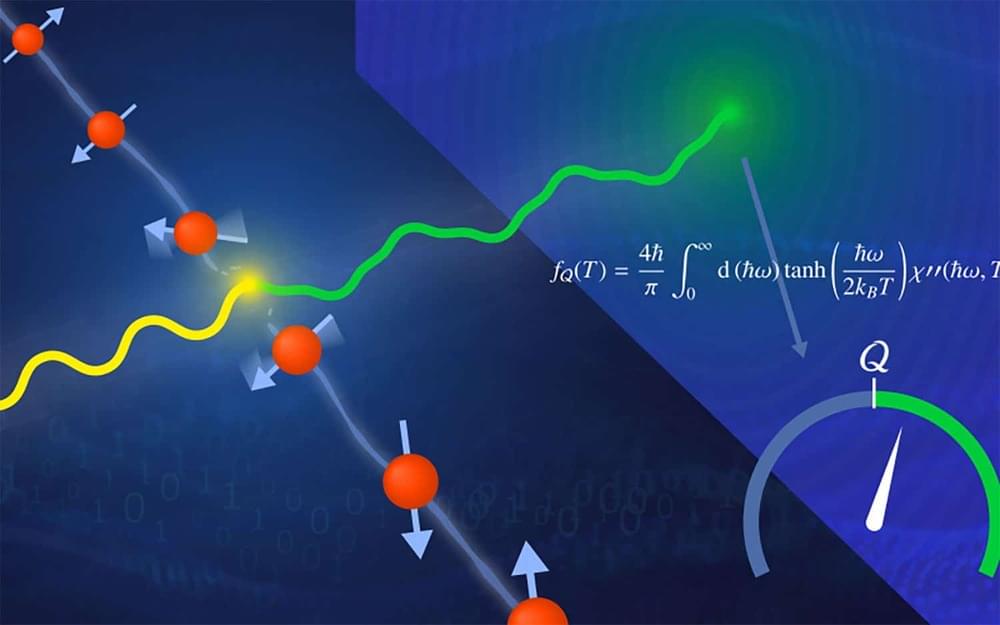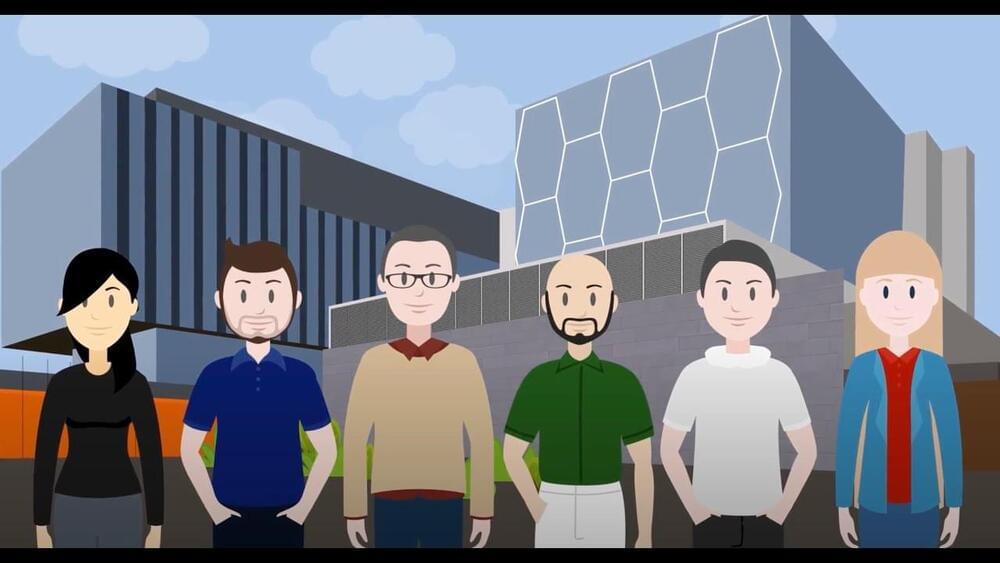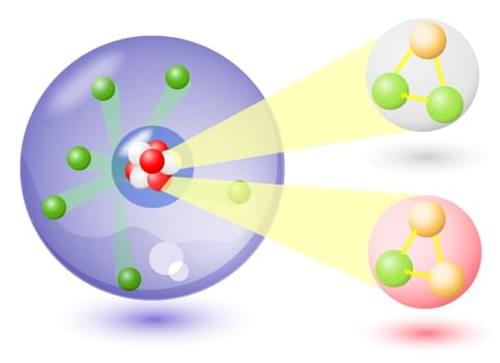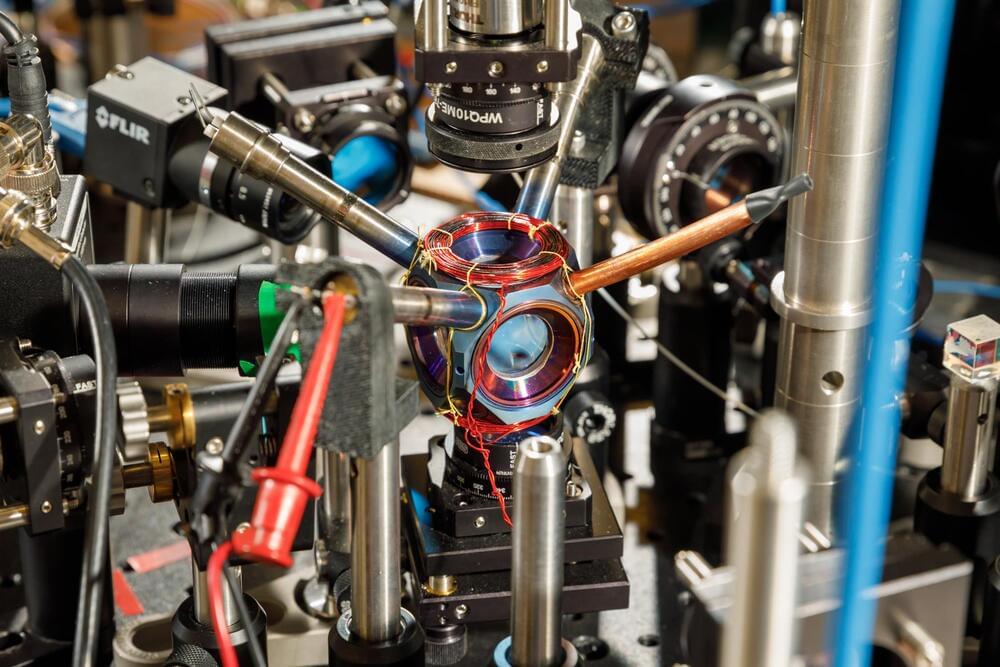What kinds of ‘particles’ are allowed by nature? The answer lies in the theory of quantum mechanics, which describes the microscopic world.
In a bid to stretch the boundaries of our understanding of the quantum world, UC Santa Barbara researchers have developed a device that could prove the existence of non-Abelian anyons, a quantum particle that has been mathematically predicted to exist in two-dimensional space, but so far not conclusively shown. The existence of these particles would pave the way toward major advances in topological quantum computing.
In a study that appears in the journal Nature, physicist Andrea Young, his graduate student Sasha Zibrov and their colleagues have taken a leap toward finding conclusive evidence for non-Abelian anyons. Using graphene, an atomically thin material derived from graphite (a form of carbon), they developed an extremely low-defect, highly tunable device in which non-Abelian anyons should be much more accessible. First, a little background: In our three-dimensional universe, elementary particles can be either fermions or bosons: think electrons (fermions) or the Higgs (a boson).
